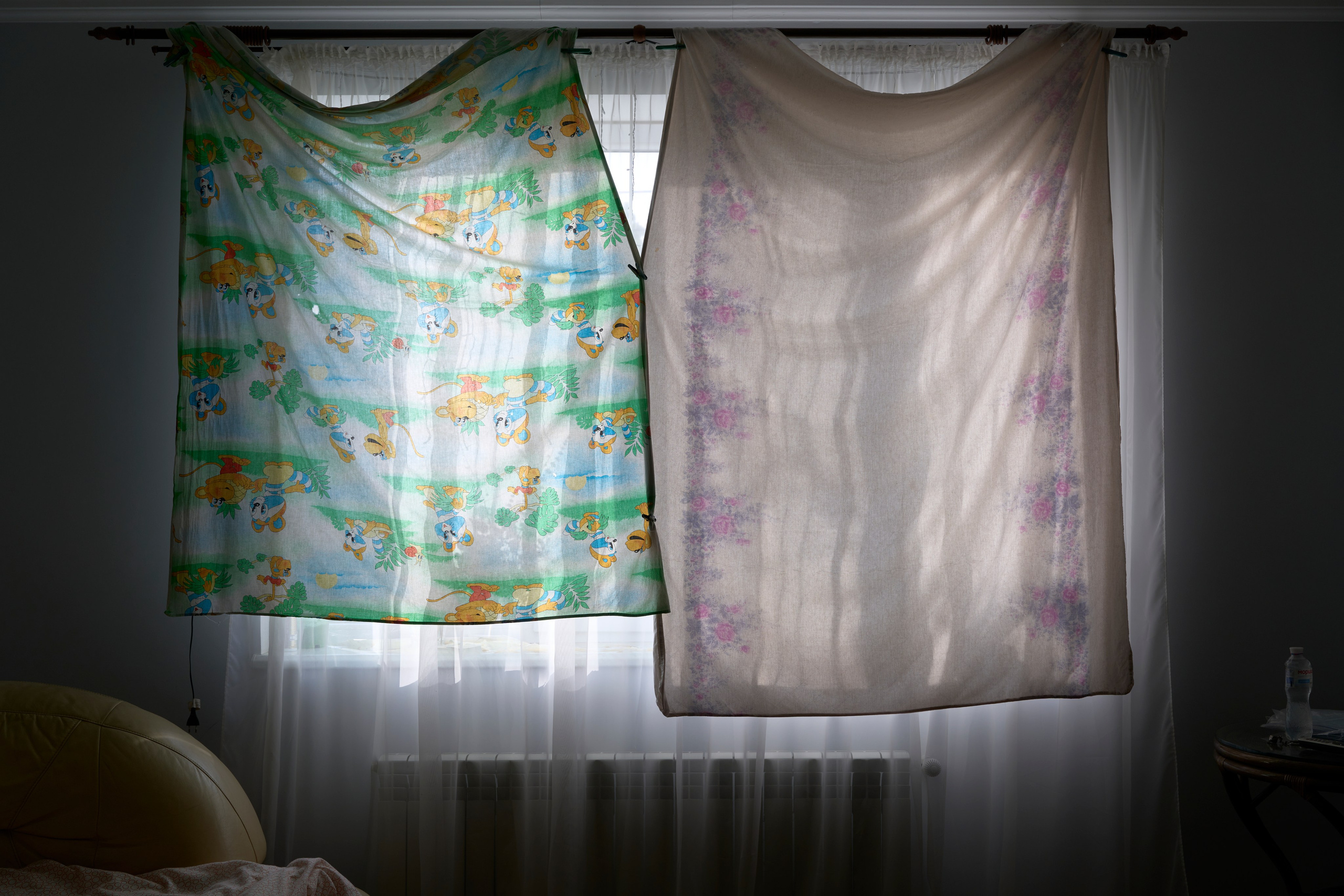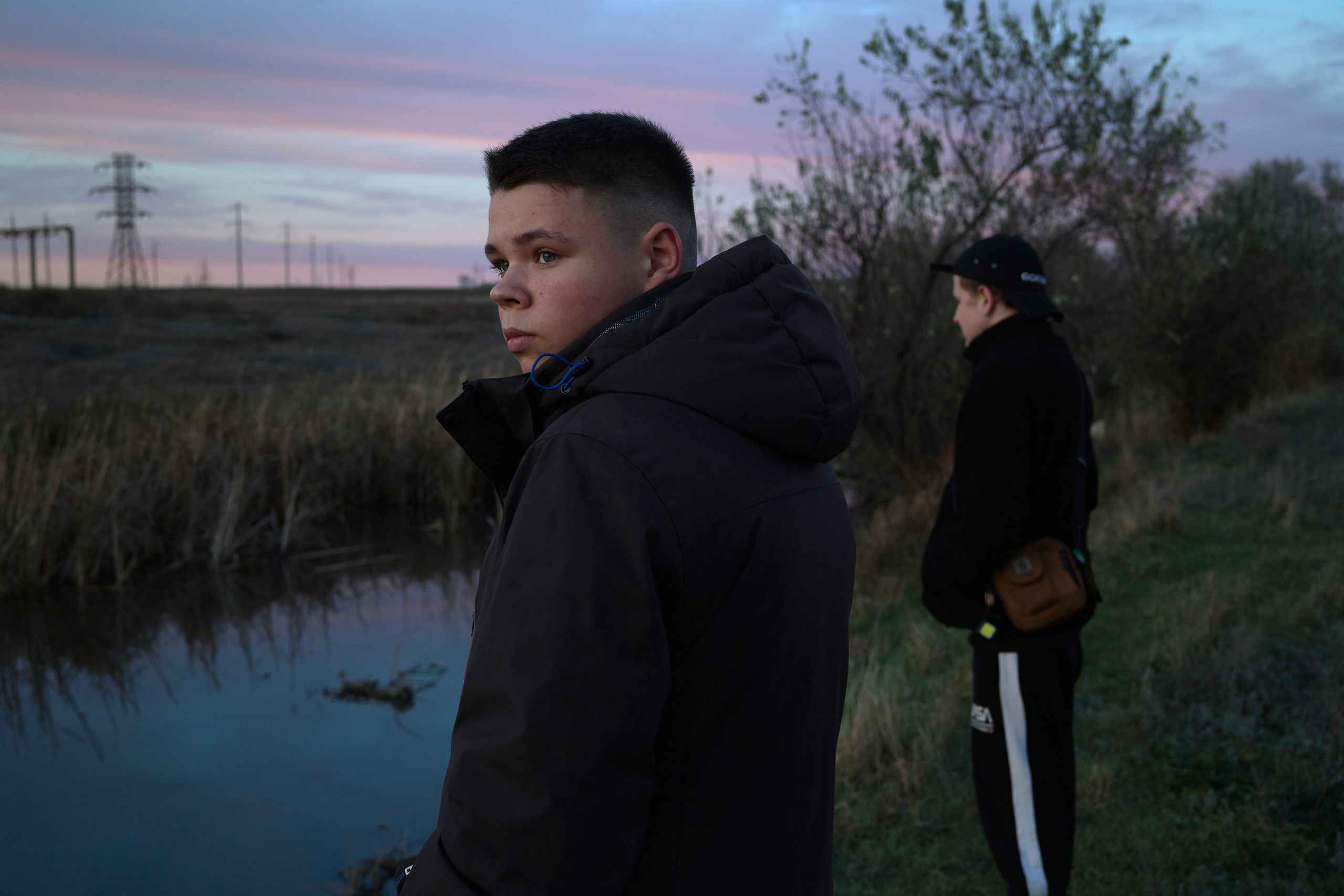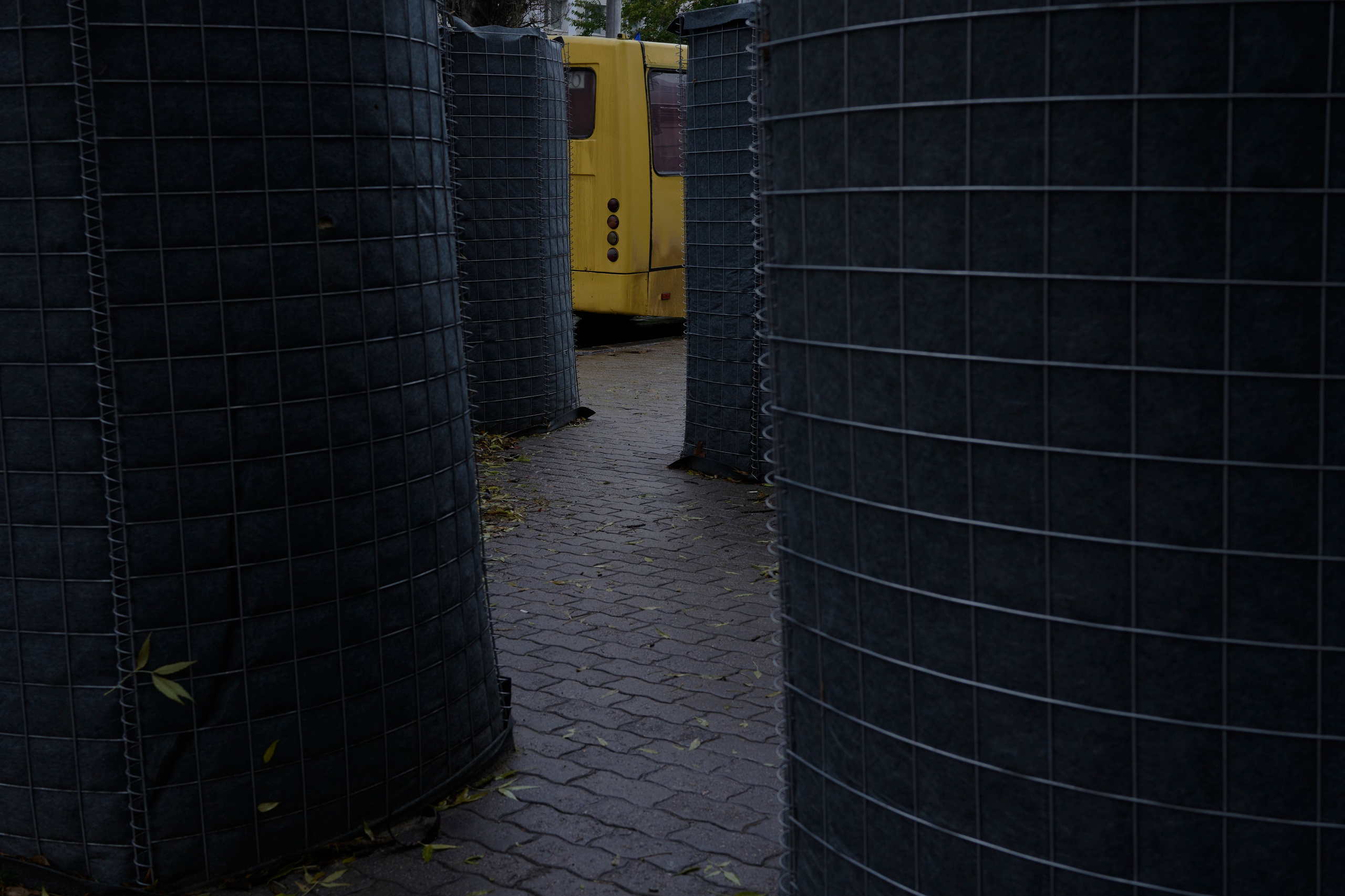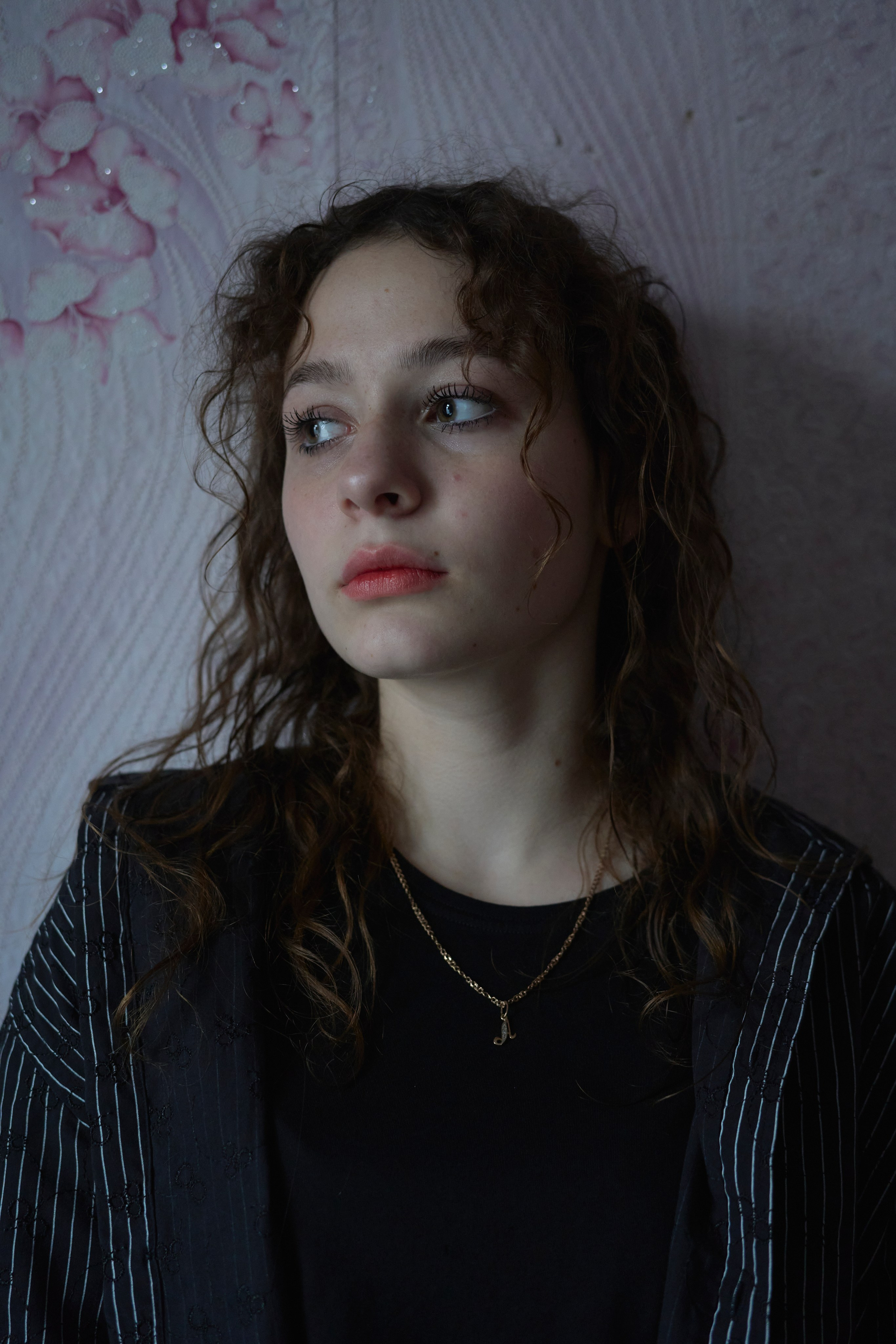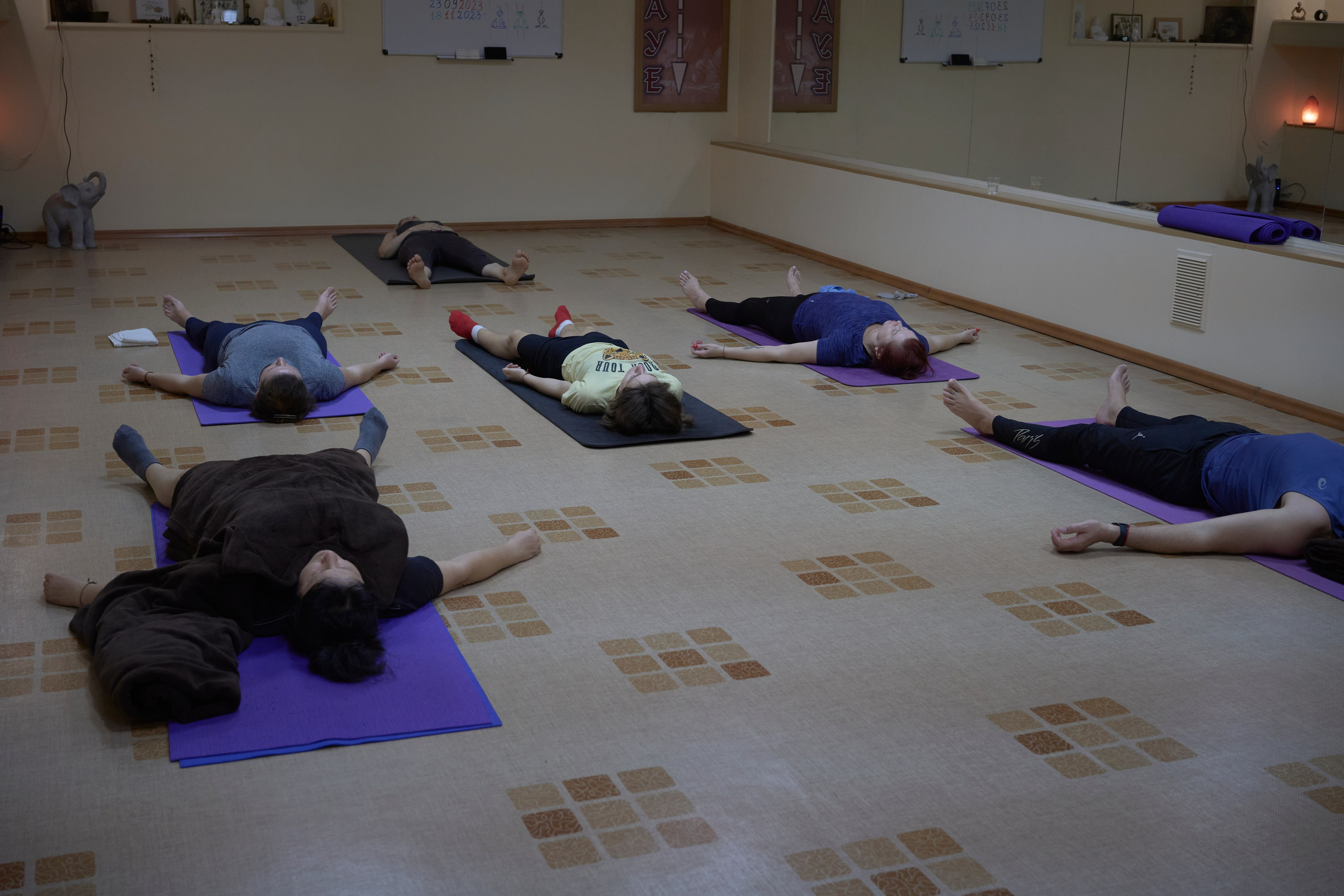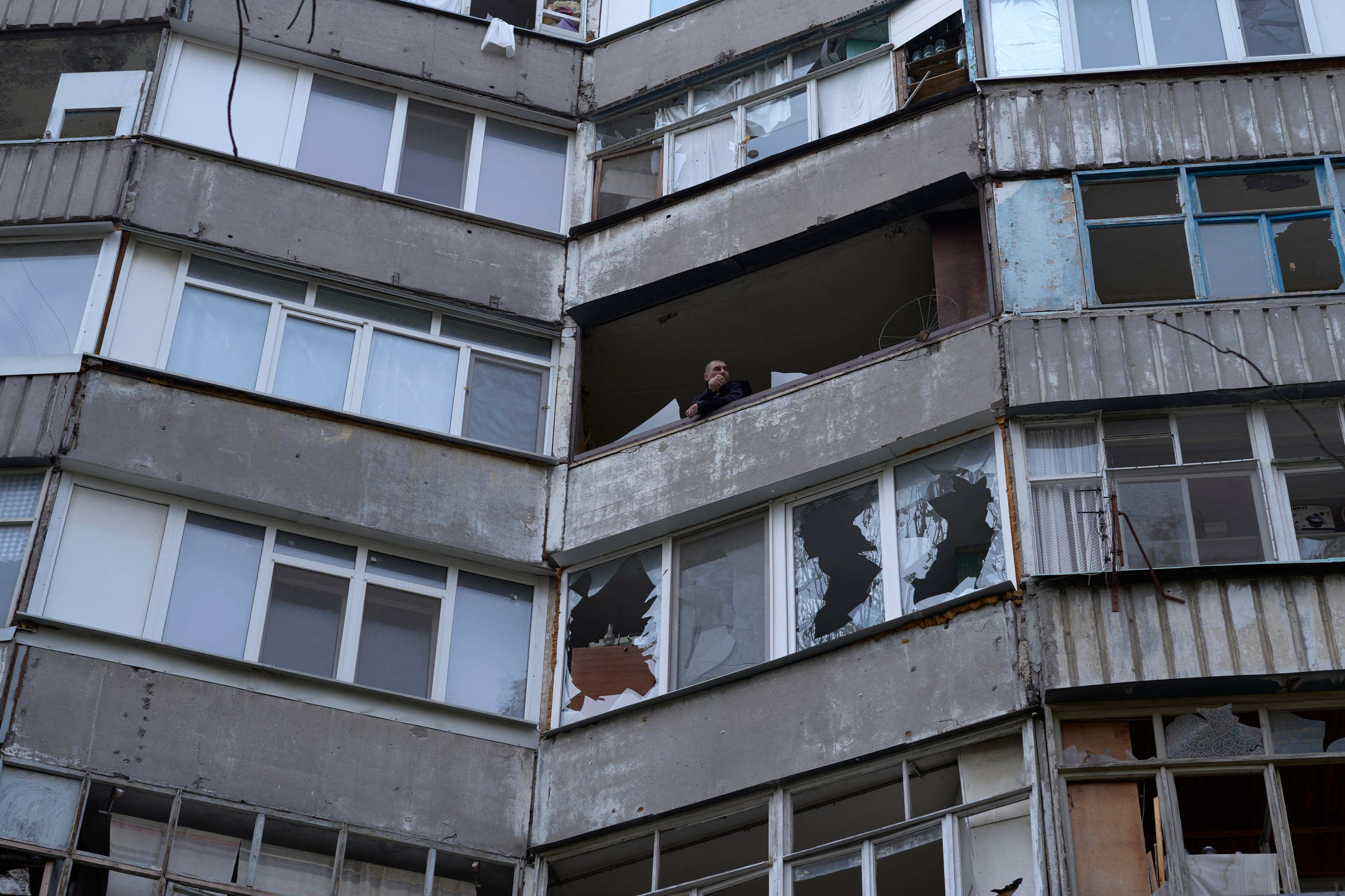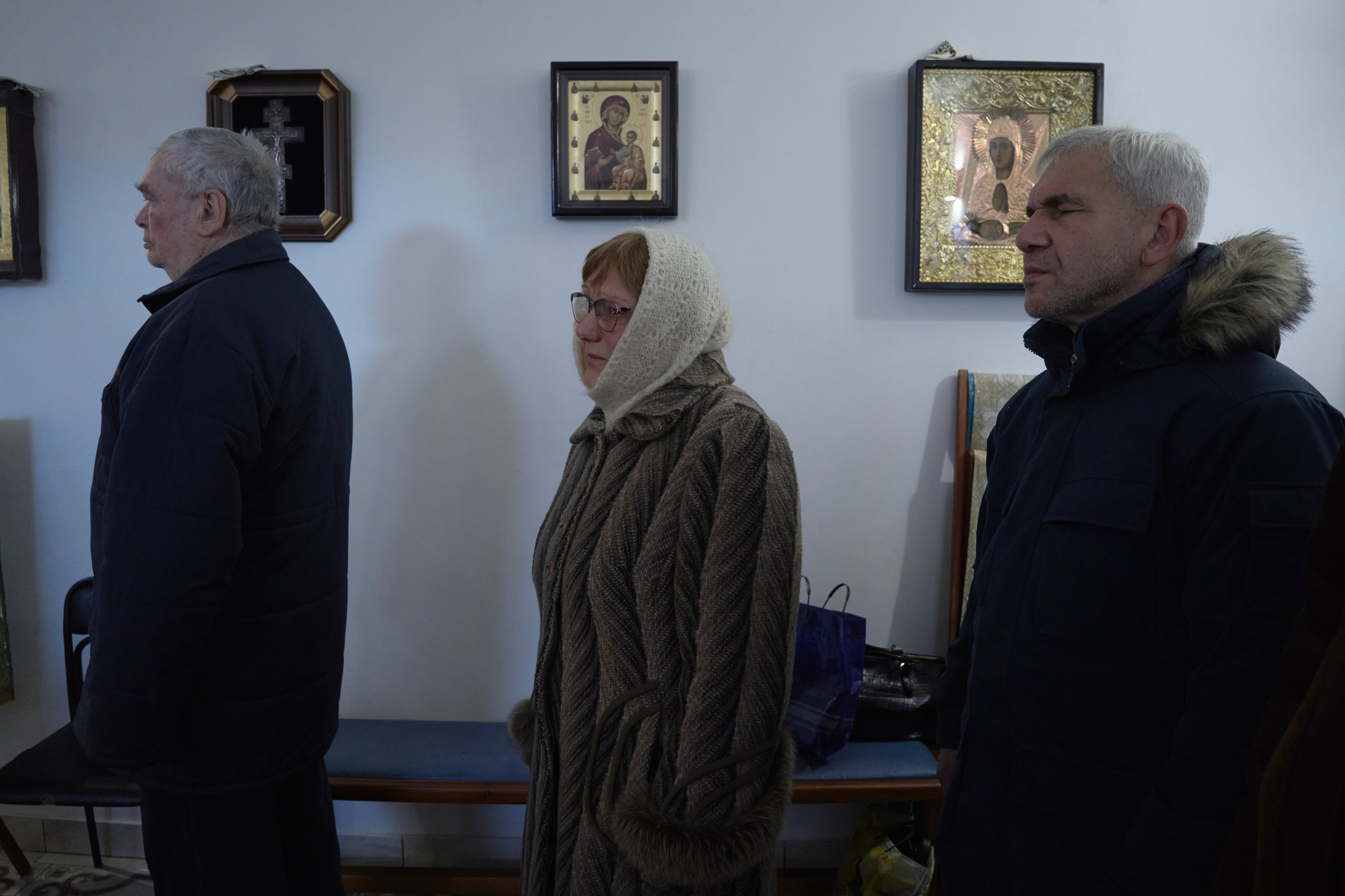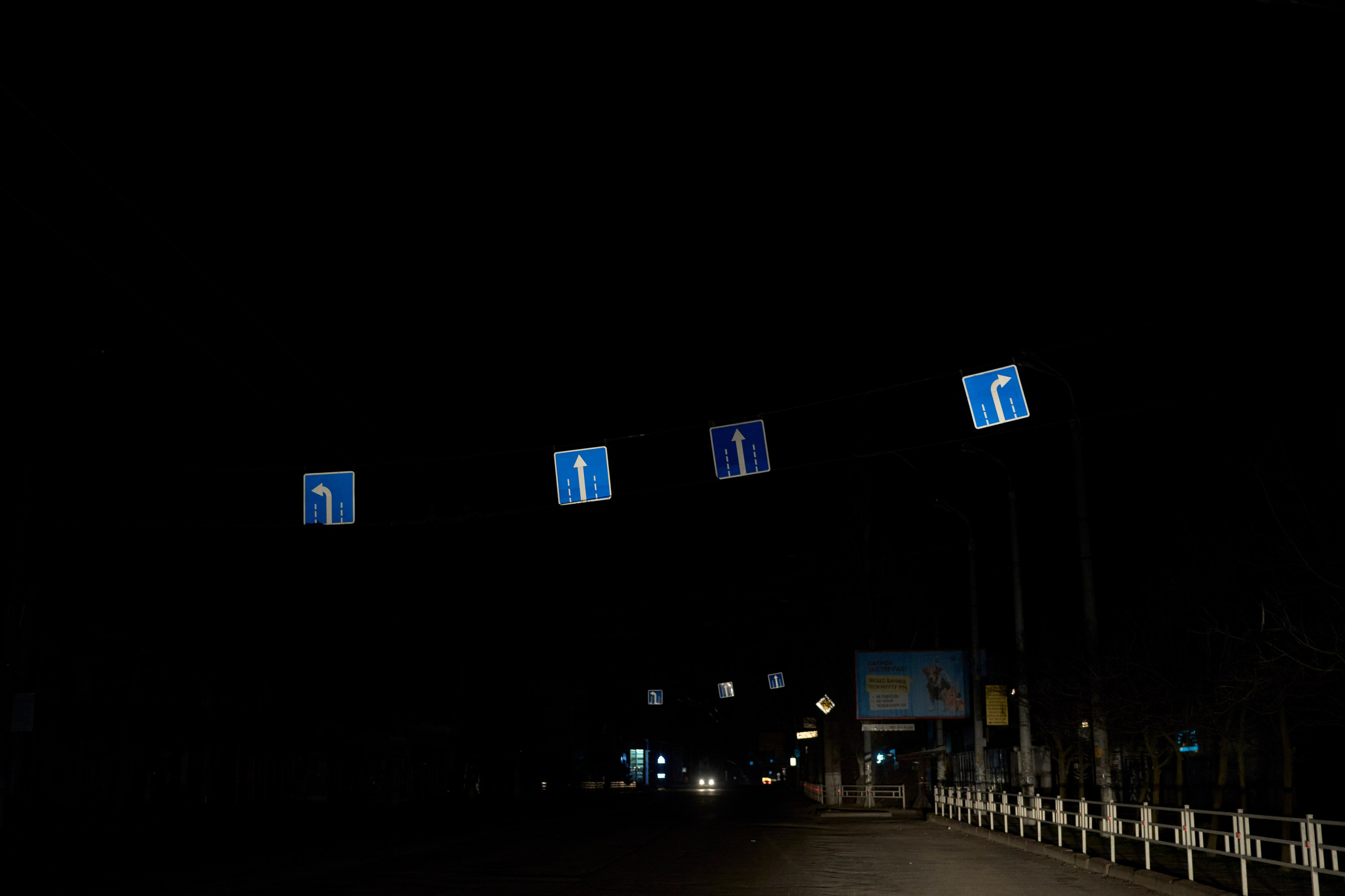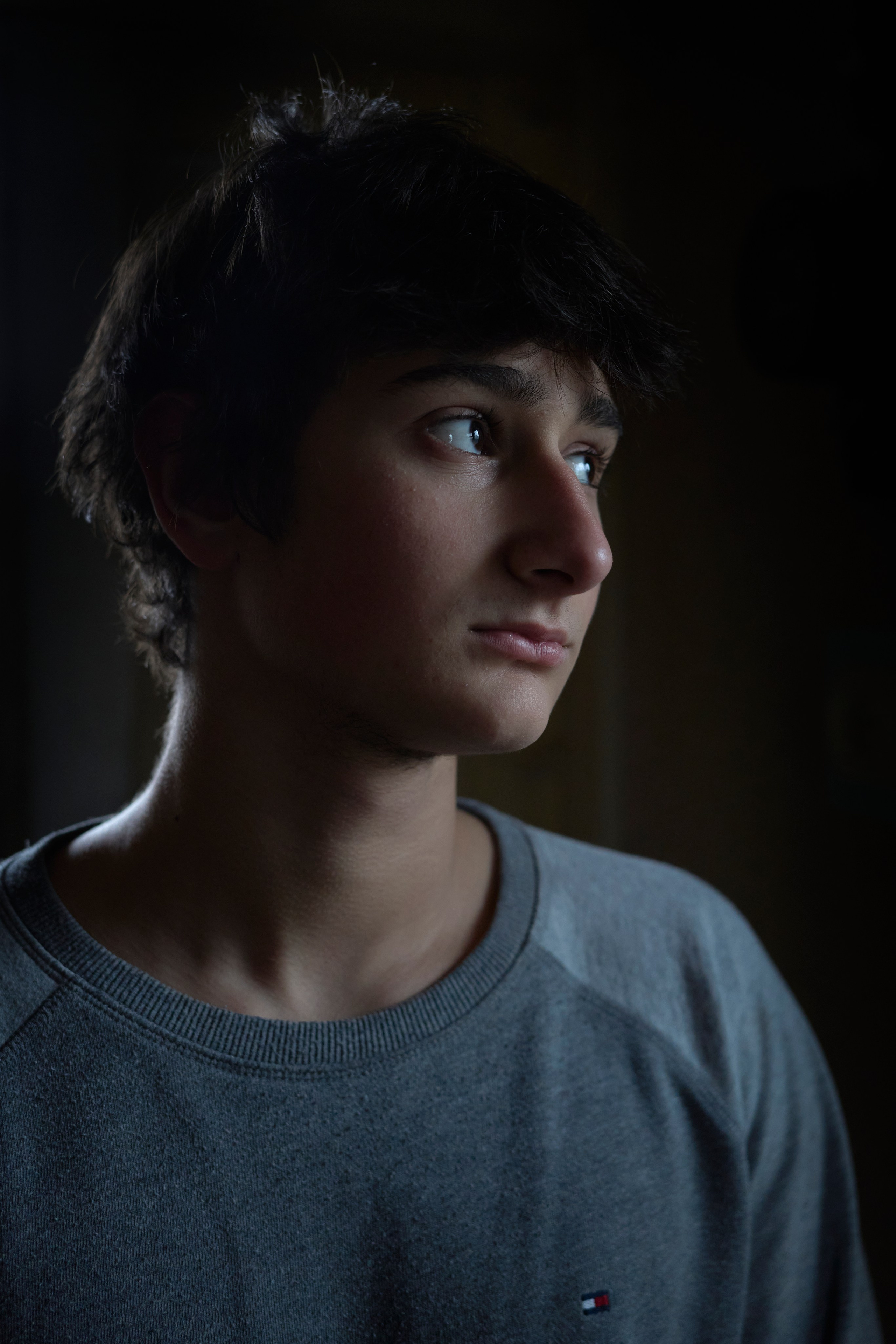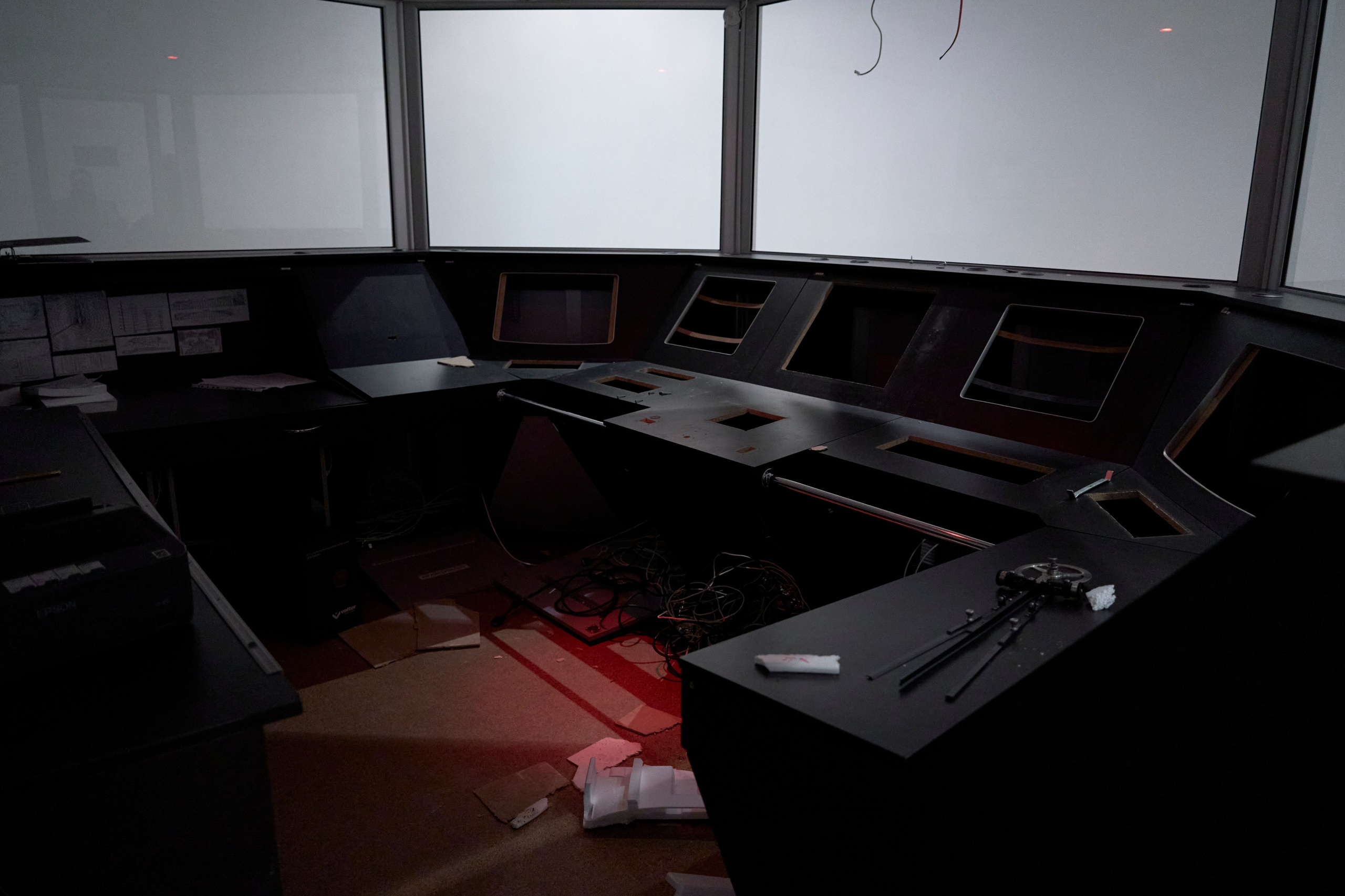Even silence reminds of explosion here.
Ongoing
I walk down Ushakov’s Avenue past the deserted Freedom Square. The humid air is permeated with tension, the city is frozen in anticipation. The silence of broken glass underfoot disturbs the acrid silence around me.
Since December 2022, after Russian troops withdrew to the left bank of the Dnipro River, the city has been under almost daily shelling from various types of weapons.
Of the approximately 350,000 residents in the pre-war period, around 80,000 now live in Kherson. The vast majority of them are elderly, but there are also teenagers who, in addition to the natural uncertainties of “transition age, ” have to deal with the challenges of living in a war zone. When I asked one company “what has the war changed for them?” several answered that they started smoking because of stress. And after a short pause, 13-year-old Artem adds cautiously: “The family… My grandfather was wounded by a shrapnel, and we didn’t come in time to save him.” With a deep, understanding look, Angelina says: “With the war came a certain loneliness. Everyone left home, and my dad was taken to the army. Everyone gained a lot of new experiences.”
The place where a woman was selling pies half an hour ago already smells like gunpowder and blood. Life is always sharing this town with death.
Late in the evening, the city center is again under heavy shelling. The next morning someone will be left without a home. In Kherson, no one is hundred percent sure they will go to work tomorrow. Even silence reminds of explosions here.

